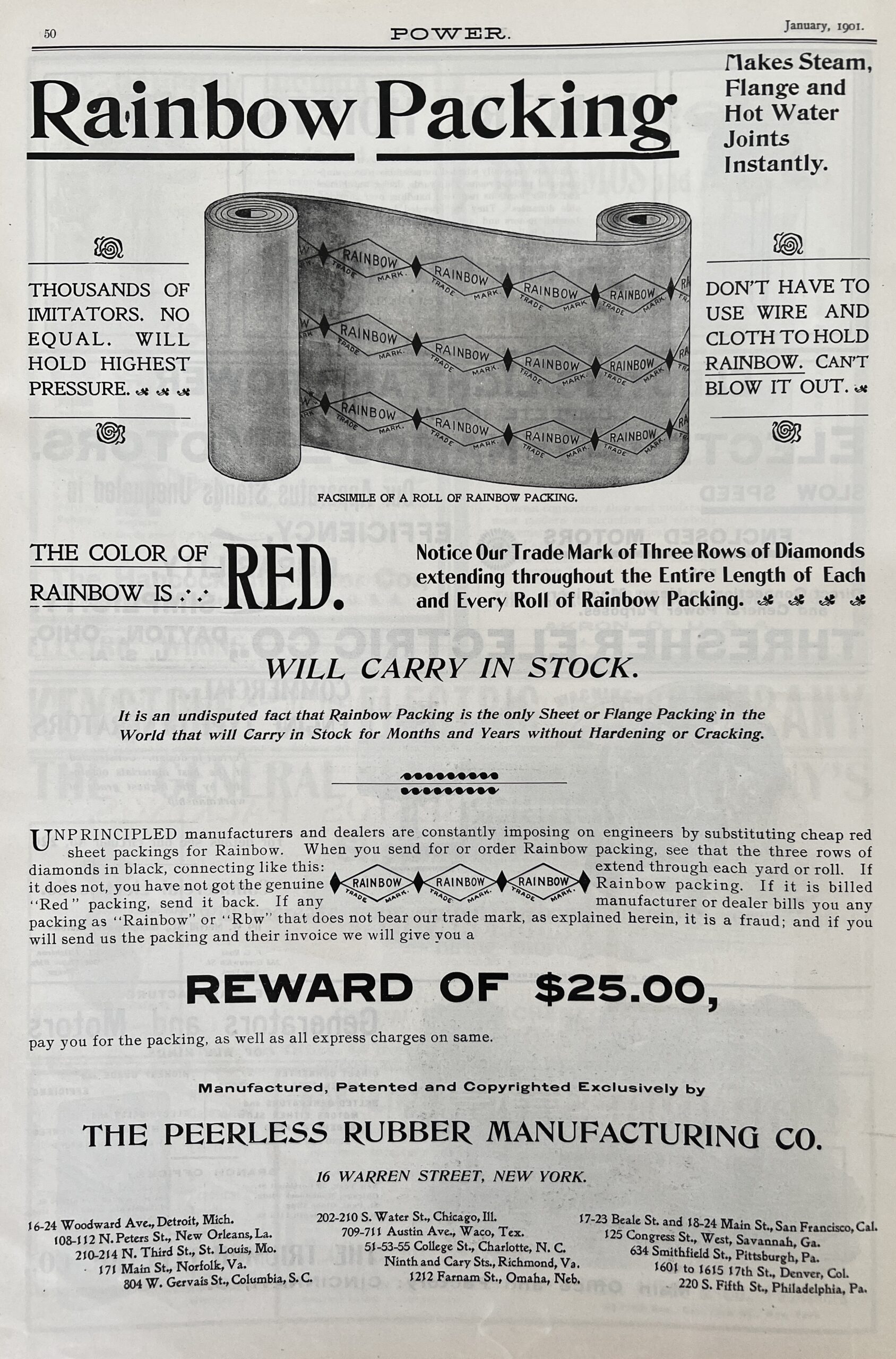A Legacy of Quality Reporting: POWER Turns 140
Credit to Author: Aaron Larson| Date: Mon, 03 Oct 2022 04:10:00 +0000

POWER magazine is celebrating its 140th anniversary this month. All I can say is “Wow! What an incredible run!” And, it’s not over yet—we plan to continue putting out a top-notch publication indefinitely.
It’s hard for me to put into words how proud I am to work for a brand that has been around for so long. I can only imagine what it was like for those early POWER editors to put out an issue. Although they didn’t have computers and high-resolution digital images, I’m sure they felt the same pride I do in producing a high-quality magazine each month (or in some cases, each week, as the magazine has gone through a couple of periodicity changes).
The History of Magazine Publishing
The University of Minnesota Libraries Publishing released a book titled Understanding Media and Culture: An Introduction to Mass Communication, which includes a section on magazines. It notes that the forerunners of modern magazines first appeared during the 17th century in the form of brochures, pamphlets, and almanacs. A German, Johann Rist, is credited with publishing the first true magazine in 1663, but other Europeans were not far behind. Magazines appeared in France, England, and Italy in subsequent years.
The first American magazines didn’t come on the scene until 1741, which is when Andrew Bradford’s American Magazine and Benjamin Franklin’s General Magazine began production in Philadelphia a mere three days apart from each other. The two publications didn’t develop a lasting audience, however, and the magazines folded after three months and six months, respectively. Their failures were said to have resulted from too few people with leisure time to read, high costs of publishing, and expensive distribution systems.
While the magazine industry picked up in the latter half of the 18th century, most still had low circulation and were considered “highbrow,” according to the U of M book. The Saturday Evening Post, which was started in 1821, was said to be the first truly successful mass circulation magazine in the U.S. While other magazines also rose in popularity during the mid-1800s, the industry still struggled to achieve widespread circulation. Most publications cost between 25¢ and 35¢ per issue, which was significant at the time and limited readership to the relative few who could afford them.
Soon after POWER was founded, the landscape changed. In 1893, McClure’s Magazine, originally a literary and political magazine, began selling for “the bargain price” of only 15¢ per issue. Not long after, other popular publications dropped their prices, some to 10¢, and the magazine-buying public reportedly increased from about 250,000 to 750,000 people. For the first time, magazines could be sold for less than they cost to produce, because greater circulation allowed publications to charge more for advertising space and decrease the cost to the customer.
By 1900, advertising had become vital to the magazine business. As circulation increased, advertisers sought out space in magazines to reach the larger audience. For example, ads filled more than 60 of the 88 pages in the January 1901 issue of POWER magazine (Figure 1). The issue, which had 11-1/4-inch by 16-inch pages, included more than 375 unique advertisers. Single copies of POWER sold for 10¢ at the time and annual subscriptions were $1.

Changing with the Times
It’s also interesting to consider how POWER’s subject matter has changed over its 140-year history. While the magazine has always prided itself on presenting readers with insightful technical articles, and sharing details about innovative projects and lessons learned from incidents at power facilities, what those stories cover has changed immensely.
In the April 1901 issue, for example, the Main Power Station of the Manhattan Elevated Railway in New York City was featured. The article explained how the motive power for the trains would be changed from steam locomotives to electric motors. Lights and heat for the trains, stations, yards, and shops would also be powered by electricity from the newly constructed coal-fired power station. It was a state-of-the-art project at the time.
There were also multiple reports of boiler explosions in that issue including pictures from a couple of the scenes. One of the incidents, which occurred at the Doremus Laundry in Chicago, was particularly disastrous, causing the building and adjacent structures to collapse. Nine people were killed and 30 more were reported to have been seriously injured. This type of thing was not a particularly abnormal occurrence in 1901.
Obviously, many of the technologies in use today were not even contemplated when the first issues of POWER were put out. Nuclear power likely wasn’t featured in the magazine’s pages until after World War II. High-tech instrumentation and digital control systems didn’t grace its pages until even later. Yet, you can be sure the editors of POWER had their fingers on the pulse of every change that occurred in the industry and kept readers abreast of emerging trends.
The channels used to present information have evolved dramatically too. POWER magazine is not just a print publication anymore. Our brand has a significant online presence, with our website garnering more than 4.5 million pageviews in 2021. We also offer in-person events, webinars, podcasts, videos, e-letters, social media posts, and more. We still take pride in uncovering the latest technology and reporting information that can help plant operators improve performance—we’re just doing it in a variety of new ways that our founding fathers would be astounded by.
Yes, POWER magazine is 140 years old, but it’s more relevant today than ever. Furthermore, POWER’s editors look forward to bringing readers the high-quality content they’ve grown accustomed to for many more years to come. Thanks for all of your support!
—Aaron Larson is POWER’s executive editor.
The post A Legacy of Quality Reporting: POWER Turns 140 appeared first on POWER Magazine.